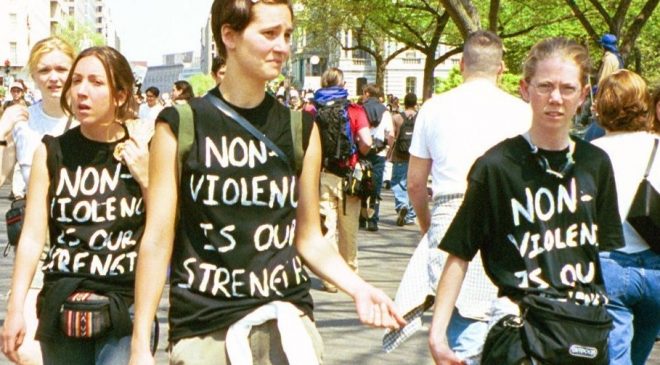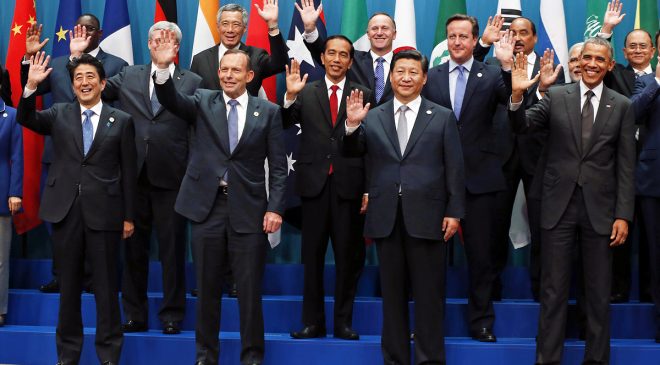When the Israeli government describes the conflict over the Sheikh Jarrah neighborhood of East Jerusalem as just a “real-estate dispute,” it has a point. Palestinian families are at risk of eviction (and some have already been evicted) from homes they’ve lived in for many years so that Jewish settlers, many of whom were born in Brooklyn, N.Y., can move into them. This is being done on the basis of a 1970 law that permits Jews to acquire Palestinian properties that are said to have been once owned by Jews. Also, under a 1950s law, the Israeli government claimed the properties of so-called “absentee” Palestinians, even if those individuals displaced by war and other means were refugees living elsewhere in Israel.
Demonstrated solidarity with those besieged Palestinian families by worshipers in the Al Aqsa mosque and the Gaza Strip–and the Israeli military’s (IDF) overwhelmingly destructive punishment–produced nearly two weeks of cruelty against the tiny (5-by-25-mile) and densely populated Gaza Strip, in which over 200 Palestinians, including about 70 children, were killed and many more wounded by the IDF, and about a dozen Israeli Jews were killed by Hamas projectiles. A ceasefire was reached and seems to be holding.
What’s the actual story about this “real estate dispute”? To answer that question in a way I would be fully confident in I would need to undertake a long and costly research program. In lieu of that, I will rely–for the sake of discussion–on a narrative that seems plausible, though it will satisfy neither side’s hardliners.
In other words, I will stipulate for this article that the government of Jordan, which controlled East Jerusalem from 1948 to 1967, expelled, drove, and otherwise pressured Jews to leave their homes in the 1950s and allowed Palestinian families to move in. As I understand it, Jordan also forbade Jews from visiting Jerusalem sites they regard as holy, especially the Western Wall. I do not defend those policies.
For the record, I note that Jordan was not an antagonist of Israel when the the self-identified Jewish state declared its independence in territory containing many Palestinian Muslims and Christians in May 1948. On the contrary, Israel and Jordan (then Transjordan) colluded to deny the Palestinians an independent state by dividing Palestine between them. Israel would get what the UN General Assembly had recommended for the Jewish state (55 percent)–in fact by the end of the “war of independence,” it had expanded to 78 percent–and Jordan would get the West Bank, including East Jerusalem. (Egypt ended up in control of the Gaza Strip.) The secret Israel-Jordan agreement did not include Jerusalem, which the UN had recommended as an international city, under neither Jewish nor Palestinian control. Of course, Israel’s 1967 war against Jordan and Egypt, among other Arab states, led to the current status of the West Bank and Gaza as “occupied territories”–although after almost 54 years, it is absurd not to see those lands as illegally annexed, if only de facto.
Here is how John Kunza of the website Jewish Unpacked, a Jewish publication that says it seeks to bring nuance to the Israel-Palestine controversy, describes Sheikh Jarrah:
In 1905, an Ottoman census that included Sheikh Jarrah and its surrounding areas found 97 Jewish families living in the area alongside 167 Muslim and six Christian families. Following Israel’s War of Independence in 1948, the Jewish population was expelled from Sheikh Jarrah since the area fell on the Jordanian side of the new border.
Eight years later, in 1956, Jordan relocated 28 Palestinian families who were displaced during Israel’s War of Independence to Sheikh Jarrah. The move was approved by the United Nations Relief and Works Agency for Palestine Refugees (UNRWA), and the organization stipulated that the families would be given ownership of their homes after three years which would then end their refugee status. The Jordanian government never did formally transfer over the property rights to the Palestinians.
By the 1950s Sheikh Jarrah had changed hands several times from Ottoman rule, to British Rule, to Jordanian rule, to Jordanian rule with assistance by UNRWA which was in part stipulating property rights in the area. By this time the Jewish population, which had been documented living there for thousands of years, had completely moved out or was expelled and a Palestinian population had moved in or was relocated to the neighborhood.
To complicate the story, American-Israeli Kalmen Barkin noted in an interview with Scott Horton that some of the homes of Jewish families before the founding of Israel were owned not by those families but by nonprofit Jewish organizations that then disbanded. I will ignore that because, while important, it is not relevant to the point I want to make here.
An overall account of Sheikh Jarrah, of course, may not tell us the truth about the particular homes and land at issue right now. Al Jazeera sheds light on those homes here. In part, Al Jazeera states:
Israeli settlement groups said Palestinian families had built their homes on land owned by Jews before 1948 and that they must vacate these homes, but Palestinian cartographer Khalil Toufakji refuted those claims.
Toufakji said he found the land deed that negates any Jewish ownership of the area at the time after digging through the archives in Ankara 11 years ago.
I can’t confirm or refute Toufakji, so I will tentatively accept the settlers’ side in order to show that even their version does not get them where they want to go.
Taking Kunza’s account at face value, it must be pointed out that many more than 97 Palestinian families were driven–by terrorism and outright massacres–from their homes not just in West Jerusalem but throughout what would become and then became Israel in 1947-48. During that time, some 750,000 Palestinians were dispossessed of their land. At least 400 Palestinian villages were destroyed to make way for Jewish villages. In 1967 additional Palestinians were dispossessed. All of this and more later was done to “Judaize” the entire “land of Israel.” Critics call this “ethnic cleansing,” but the perpetrators and their defenders themselves used the Hebrew word for purify. Even right-wing Israel partisans, including historian Benny Morris, say that expelling the Palestinians was necessary for the creation of a Jewish state. (For details see Ilan Pappe’s The Ethnic Cleansing of Palestine. For my summary see Coming to Palestine.)
Here’s the upshot: when Israel’s partisans justify the evictions of Palestinians from Sheikh Jarrah, they prove too much from their own point of view. If, as they insist, Jews–any Jews–have the “right of return” to any land previously owned or occupied by Jews, then so must Palestinians have a right to return to land previously owned or occupied by Palestinians anywhere in the territory between the Jordan River to the Mediterranean Sea. Rights cannot be applicable only to individuals of particular religion or ethnic. Today some Palestinians still have deeds and keys to homes they or their families were driven from in 1948. They have claimed a right of return or at least compensation, but Israeli law recognizes only a Jewish right of return. This is one reason that Israel, from the river to the sea, is increasingly described as one apartheid state dedicated to Jewish supremacy or domination. (See the recent reports from Human Rights Watch and B’Tselem, the Israeli human-rights organization.)
When we acknowledge that if a right of return exists, it must be applicable to all, then we can see at least the start of way out of the turmoil in Israel-Palestine: good-faith discussions among all the parties in which all disputed property claims are considered with respect and fairness.
I opened by saying that the Israeli government has a point when it describes the fight over homes in Sheikh Jarrah as a real-estate dispute. But it is not merely a real-estate dispute. It’s much more because it is part of a decades-long comprehensive program to dramatically reduce, if not eliminate altogether, the Palestinians from what Israel and the Israelis regard as exclusively Jewish land.




